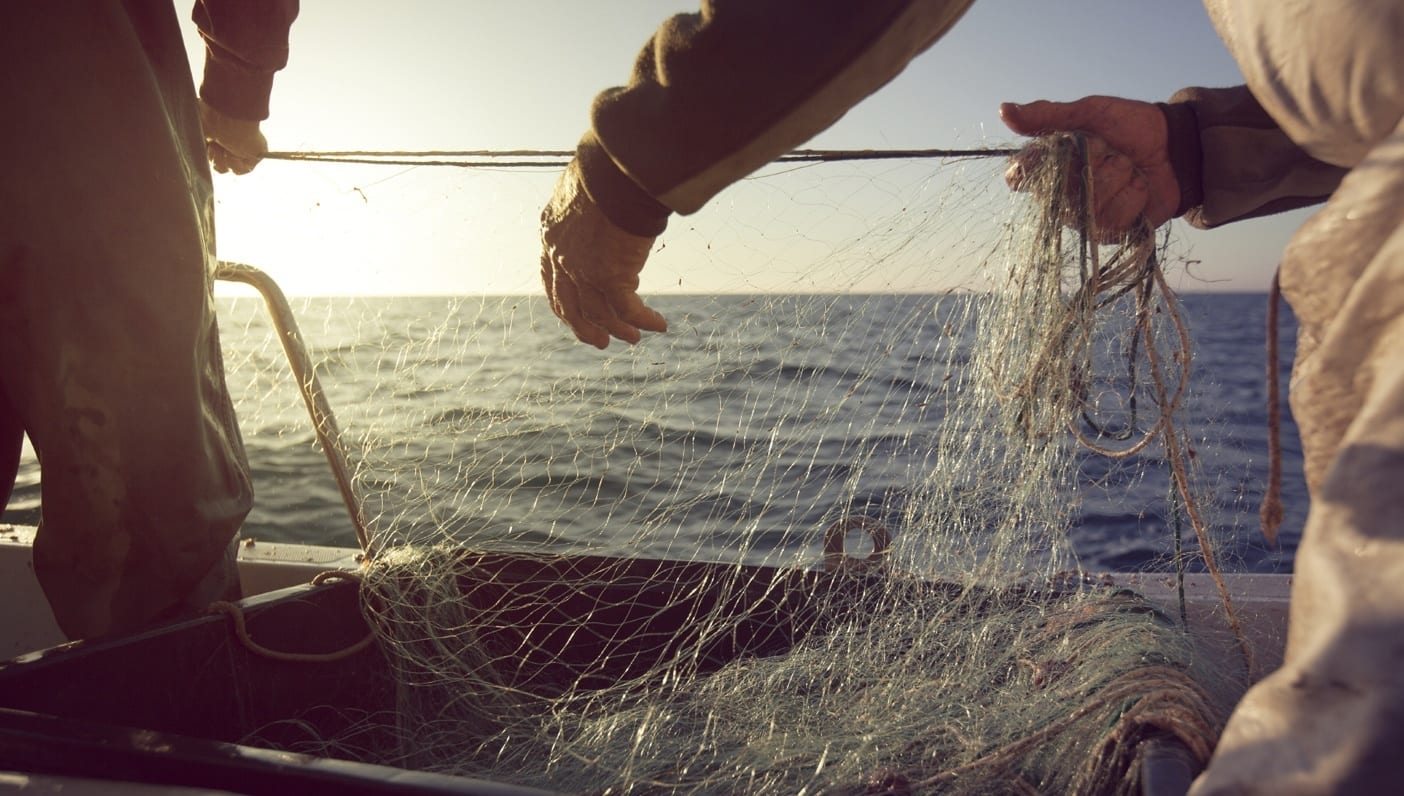
It’s seven o’clock on a summer night. You’ve got the lemonade flowing, the backyard buzzing, and thick pieces of BBQ-glazed salmon waiting to be placed on the grill. What could be better?
From mussels to mahi-mahi, seafood is one of the most popular proteins in American diets, especially for those looking to lessen their red meat, pork, and poultry consumption. But like anything edible, it’s important to consider the food’s origin and farming practices, as these can make a big difference in whether or not it’s sustainable and healthy.
There are many benefits to eating seafood; it’s low in fat and calories, a great source of protein, and chock-full of omega-3 oils, which help keep your heart pumping and blood flowing. But seafood can go from delicious to dangerous when it’s contaminated with pesticides, industrial chemicals, and heavy metals (mercury and PCBs, most infamously).
The FDA and EPA have previously warned pregnant women, women who wish to become pregnant, nursing mothers, and young children to avoid shark, swordfish, king mackerel, tilefish, and tuna, which all contain high levels of mercury. PCBs are synthetic chemicals released into the environment after industrial manufacturing, and have been labeled as carcinogens and endocrine disruptors. And while studies on PCBs are still being conducted, recent research has illustrated that farmed salmon is especially vulnerable to PCB contamination, making it a far better choice to buy locally and sustainably.
Supporting sustainable fisheries also sends love to the environment, as many fish farms aren’t very kind to Mother Earth. According to SustainableBrands.com, “over 75 percent of the world’s fish are fully exploited or overexploited, and 90 percent of all large fishes have disappeared from the world’s oceans.” Too many commercial fisheries are guilty of overfishing, meaning that they’re catching fish faster than the little guys can repopulate their habitats.
Certain catching methods are also hugely responsible for the decline of the world’s oceans. Some fisheries use systems including “bottom trawlers” in order to scrape the sea floor for specific bottom-dwelling fish, but end up taking in everything in their path. Much of the fish residue is tossed back into the ocean, already dead or dying.
Luckily, there are a handful of delicious ways to eat seafood sustainably, and without majorly disrupting the food chain. As sustainable practices grow more popular, more and more fisheries are utilizing management processes that prevent overfishing and work to rebuild fish stocks, providing long-term supplies of seafood and maintaining the sanctity of the oceanic environment.
This means buying from trusted seafood sources and avoiding fish that is often contaminated, over-fished, or farmed unsustainably. Like all meat products, checking the label is key. Check for the Marine Stewardship Council (MSC), Fishwise, and Seafood Safe labels on grocery store seafood packages, as these can provide further details as to how the fish was caught and where it came from.
And while you may have your fishy favorites, there are some species that are more sustainable than others. It can be hard to know exactly what you should be buying in order to to avoid contributing to overfishing, but websites like Seafoodwatch.com and Goodfishguide.org have made it much easier. Both sites provide handy search engines, allowing you to find out exactly how sustainable a specific type of fish might be. For example, Coho Pacific salmon is far more sustainable than Atlantic salmon, both farmed and wild-caught.
Supporting our oceans doesn’t mean giving up seafood completely; it simply means exploring your options in order to find something sustainable to add to the menu. The more we support ethical fisheries, the more in demand they become. The oceans will be happier, too.
After all, it’s hard not to celebrate summer without a cold brew and a basket of (sustainable!) fish tacos.
—

Amanda Kohr is a 25-year-old writer and photographer with a penchant for yoga, food, and travel. She prefers to bathe in the moonlight rather than the sun, and enjoys living in a state of the three C’s: cozy, creative, and curious. When she’s not writing, you can find her driving her VW Bug, looking for the next roadside attraction or family diner. She also roams the internet at amandakohr.com and through Instagram.